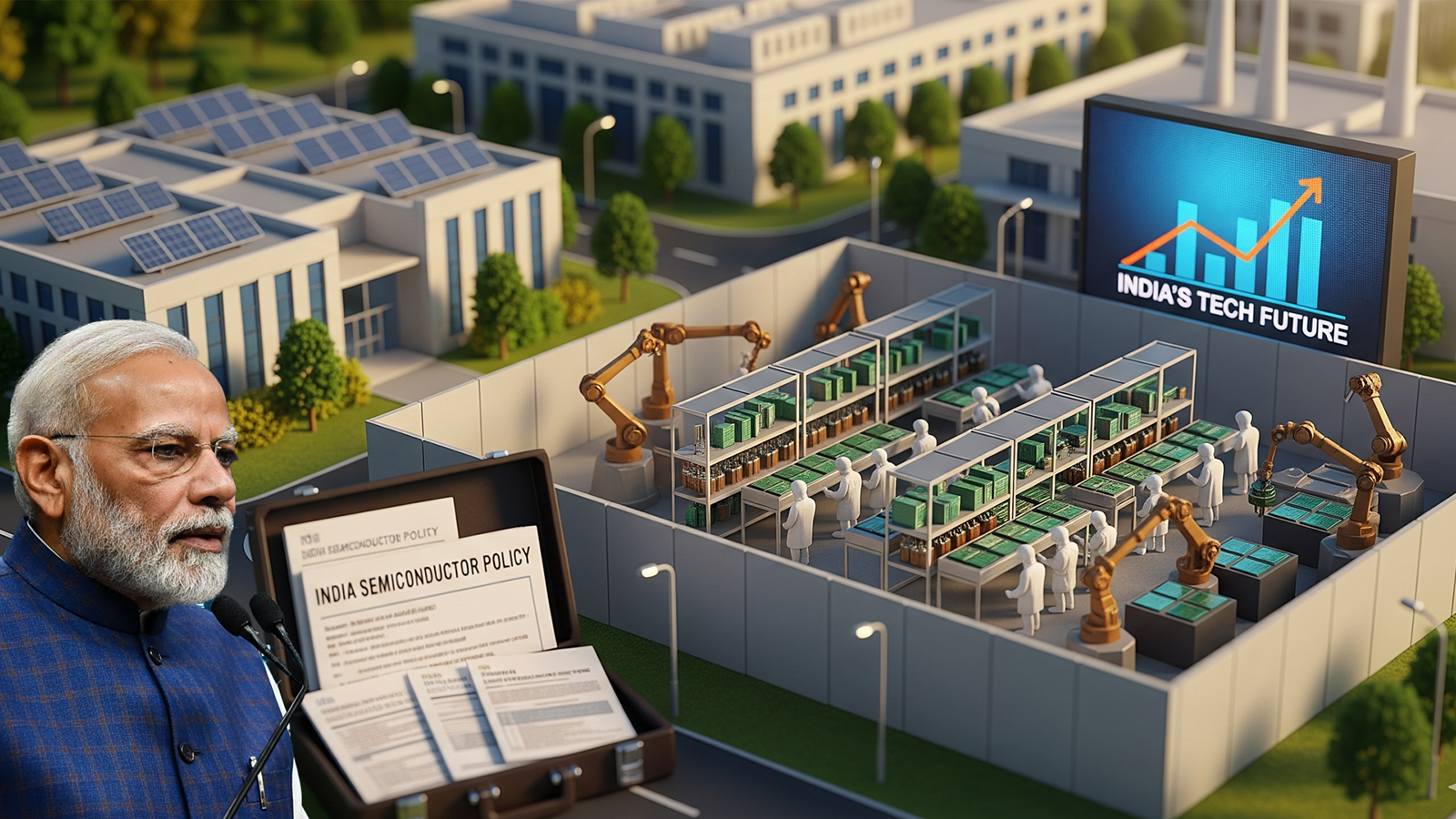Semicon India 2025: PM Modi Signals India’s Rise as Global Semiconductor Investment Hub
Addressing global industry leaders and domestic entrepreneurs, PM Modi emphasized that semiconductors are the “digital diamonds” of the 21st century.

Prime Minister Narendra Modi inaugurated Semicon India 2025 at Yashobhoomi, underscoring India’s ambitions to become a key player in the global semiconductor industry. The three-day conference, bringing together over 20,750 participants, including 2,500 delegates from 48 countries, is expected to accelerate investments, innovation, and domestic manufacturing in a sector projected to surpass $1 trillion globally in the coming years.
Addressing global industry leaders and domestic entrepreneurs, PM Modi emphasized that semiconductors are the “digital diamonds” of the 21st century. “The world trusts India, believes in India, and is ready to build the semiconductor future with India,” he said, highlighting the growing confidence of investors in the Indian market.
India’s semiconductor journey has moved rapidly since the launch of the Semicon India program in 2021. By 2025, ten semiconductor projects have been approved, representing more than $18 billion (₹1.5 lakh crore) in investment. Pilot plants, including those of CG Power and Kaynes, have begun operations or are about to start, with test chips from Micron and Tata already in production. Commercial chip manufacturing is expected to commence later this year, signaling a swift translation of policy into operational reality.
For investors, India is now offering a full-stack semiconductor ecosystem, spanning design, manufacturing, packaging, and high-tech devices. The government has simplified regulatory processes through the National Single Window System, reducing paperwork and accelerating project approvals. Plug-and-play semiconductor parks, offering ready access to land, power, transport, and skilled workforce, are further enhancing India’s attractiveness for domestic and global firms.
The sector also benefits from targeted incentives. Production Linked Incentives (PLI), Design Linked Grants, and programs like Chips-to-Startup and the revamped Design Linked Incentive (DLI) Scheme are designed to strengthen domestic capabilities, boost intellectual property development, and support start-ups and MSMEs. India contributes 20 percent of global semiconductor design talent, providing companies access to a large pool of engineers and innovators.
PM Modi also highlighted India’s efforts in critical minerals through the National Critical Mineral Mission, ensuring the domestic supply of key inputs that underpin semiconductor manufacturing. Advanced chip design centers in Noida and Bengaluru are already working on chips capable of storing billions of transistors, ready to power next-generation technologies, including AI, IoT, and immersive digital applications.
States are being encouraged to develop dedicated semiconductor ecosystems, offering investors the opportunity to partner with regional authorities to establish integrated operations. This competitive environment, combined with central policy support, is expected to attract further global investments, create high-value manufacturing jobs, and strengthen India’s position in the global semiconductor supply chain.
Semicon India 2025 runs from September 2–4 and features 150 speakers, 350 exhibitors, country pavilions, and sessions on smart manufacturing, R&D, AI innovation, and workforce development. For India’s semiconductor sector, the event signals both growing investor confidence and a roadmap for achieving self-reliance and global competitiveness.